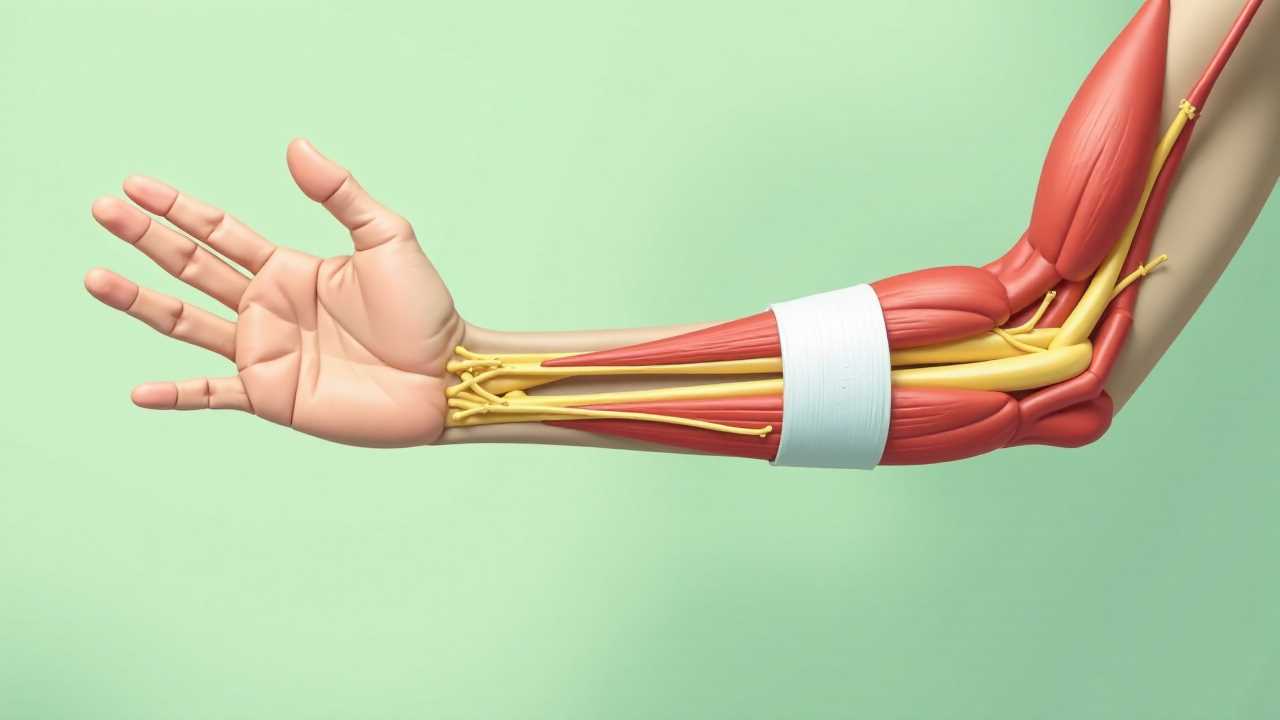
Understanding Tennis Elbow
Tennis elbow, medically known as lateral epicondylitis, is a common condition that affects many individuals, particularly those engaged in repetitive arm and wrist activities. This condition arises from the overuse of the forearm muscles and tendons, leading to inflammation and pain around the elbow. While it is often associated with tennis players, it can affect anyone who performs repetitive motions, such as painters, plumbers, and even office workers. Recognizing the symptoms early is vital for effective rehabilitation.
The Importance of Rehabilitation
Rehabilitation plays a pivotal role in recovering from tennis elbow. The primary goal is to alleviate pain and restore functionality to the affected arm. A comprehensive rehabilitation program should include various components, such as personal therapy, strength training, and mobility exercises. Each of these elements contributes to a holistic approach that addresses both the symptoms and the underlying causes of the condition.
Personal Therapy: Tailored Treatment Plans
Personal therapy is a cornerstone of effective tennis elbow rehabilitation. This approach involves working closely with a qualified physical therapist who can assess the severity of the condition and develop a customized treatment plan. During the initial assessment, the therapist will evaluate the range of motion, strength, and pain levels. Based on this evaluation, a tailored program can be designed to meet individual needs.
Therapists may employ various techniques, including manual therapy, ultrasound, and electrical stimulation, to reduce pain and inflammation. These methods not only provide immediate relief but also promote healing in the affected tissues. By focusing on personal therapy, patients can expect a more targeted approach that addresses their specific challenges.
Strength Training: Building Resilience
Once the acute pain subsides, incorporating strength training into the rehabilitation program becomes essential. Strengthening the muscles around the elbow and forearm helps to support the joint and prevent future injuries. A well-structured strength training regimen should focus on both the forearm muscles and the shoulder, as they work in tandem during various activities.
Exercises such as wrist curls, reverse wrist curls, and grip strengthening can significantly improve muscle endurance and strength. It is crucial to start with light weights and gradually increase resistance as strength improves. This progressive approach ensures that the muscles adapt without causing further strain on the elbow.
Mobility Exercises: Restoring Functionality
In addition to strength training, mobility exercises are vital for restoring full range of motion in the elbow. These exercises help to maintain flexibility in the muscles and tendons, reducing stiffness and enhancing overall function. Simple stretches, such as wrist flexor and extensor stretches, can be performed daily to promote mobility.
Incorporating dynamic movements, such as arm circles and shoulder rolls, can also enhance mobility and prepare the muscles for more strenuous activities. These exercises should be performed gently and within a pain-free range to avoid exacerbating the condition.
Effective Pain Management Strategies
Effective pain management is crucial throughout the rehabilitation process. Patients should work closely with their therapists to identify the most suitable pain relief methods. Options may include ice therapy, heat application, and over-the-counter pain medications. Ice therapy is particularly effective in the initial stages of rehabilitation, as it helps to reduce swelling and numb the pain.
As rehabilitation progresses, heat therapy can be introduced to promote blood flow and relax tense muscles. Additionally, therapists may recommend specific pain management techniques, such as dry needling or acupuncture, to alleviate discomfort.
Integrating Lifestyle Modifications
To achieve long-term success in tennis elbow rehabilitation, integrating lifestyle modifications is essential. Patients should be encouraged to evaluate their daily activities and identify any repetitive motions that may contribute to their condition. Ergonomic adjustments in the workplace, such as using supportive equipment and maintaining proper posture, can significantly reduce strain on the elbow.
Incorporating regular breaks during repetitive tasks allows the muscles to recover and reduces the risk of re-injury. Furthermore, maintaining a balanced diet rich in anti-inflammatory foods can support the healing process and overall joint health.
Monitoring Progress and Adjusting the Plan
Regular monitoring of progress is vital in tennis elbow rehabilitation. Patients should maintain open communication with their therapists to discuss any changes in pain levels or functionality. This feedback allows for timely adjustments to the rehabilitation plan, ensuring that it remains effective and aligned with the patient's evolving needs.
As strength and mobility improve, therapists may introduce more advanced exercises and activities to challenge the muscles further. This progressive approach helps to build confidence and prepares patients for a safe return to their regular activities.
A Path to Recovery
Tennis elbow rehabilitation is a multifaceted process that requires a commitment to personal therapy, strength training, mobility exercises, and effective pain management. By taking a proactive approach and working closely with qualified professionals, individuals can successfully navigate their recovery journey. Emphasizing tailored treatment plans and lifestyle modifications will not only alleviate pain but also empower patients to regain their strength and functionality, ultimately leading to a healthier, more active life.
 Mobility trainingHome Fitness RecoverySports Injury PreventionPersonal Physical TherapyOrthopedic SolutionsPrivacy PolicyTerms And Conditions
Mobility trainingHome Fitness RecoverySports Injury PreventionPersonal Physical TherapyOrthopedic SolutionsPrivacy PolicyTerms And Conditions
